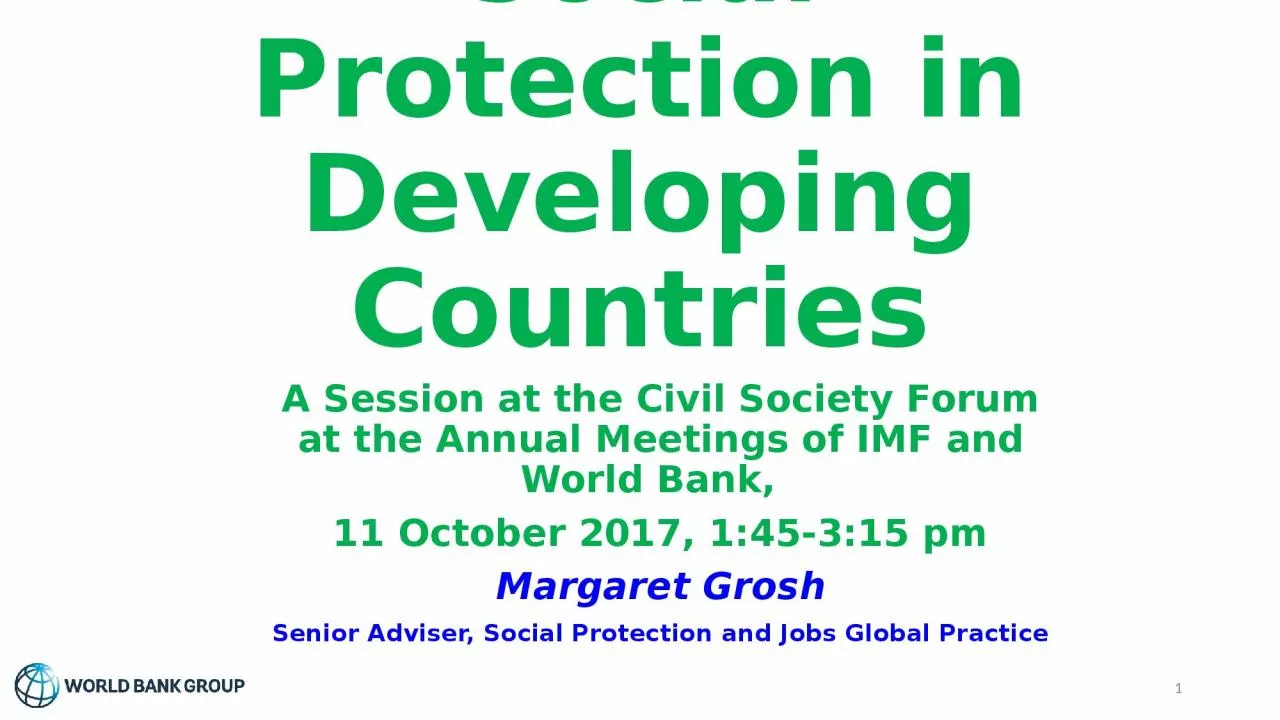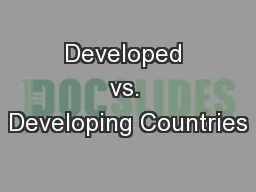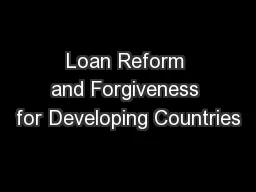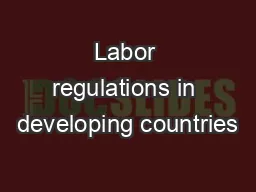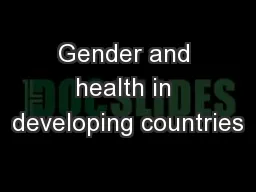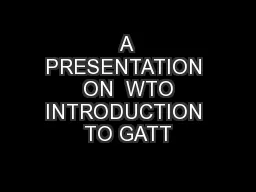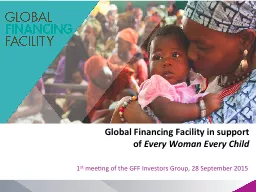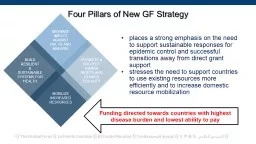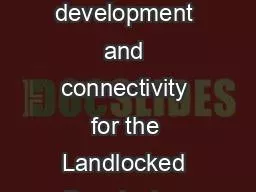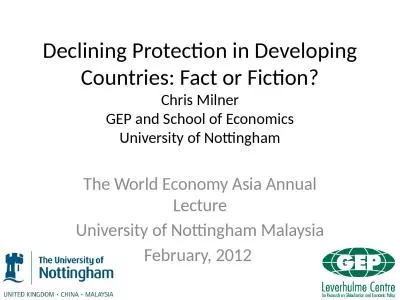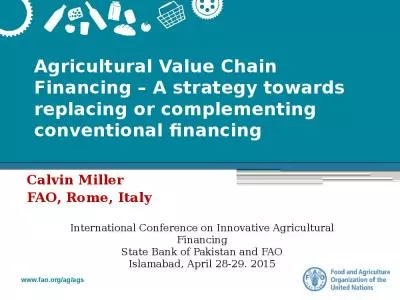PPT-Financing Universal Social Protection in Developing Countries
Author : white | Published Date : 2023-11-04
A Session at the Civil Society Forum at the Annual Meetings of IMF and World Bank 11 October 2017 145315 pm Margaret Grosh Senior Adviser Social Protection and
Presentation Embed Code
Download Presentation
Download Presentation The PPT/PDF document "Financing Universal Social Protection in..." is the property of its rightful owner. Permission is granted to download and print the materials on this website for personal, non-commercial use only, and to display it on your personal computer provided you do not modify the materials and that you retain all copyright notices contained in the materials. By downloading content from our website, you accept the terms of this agreement.
Financing Universal Social Protection in Developing Countries: Transcript
Download Rules Of Document
"Financing Universal Social Protection in Developing Countries"The content belongs to its owner. You may download and print it for personal use, without modification, and keep all copyright notices. By downloading, you agree to these terms.
Related Documents

